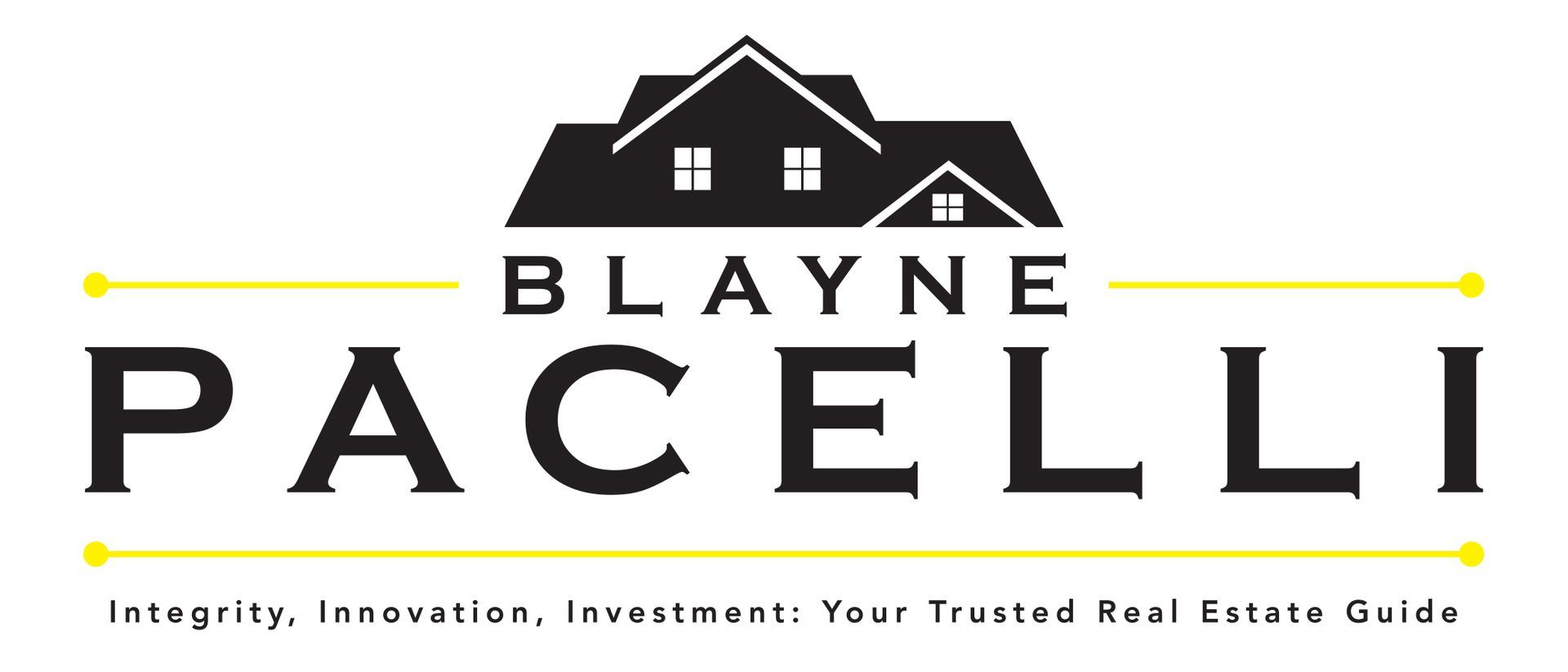The True Cost of iBuyers?
Introduction: In the realm of real estate, the rise of iBuyers has been met with curiosity and intrigue. These online platforms promise convenience and speed when it comes to buying and selling homes. However, a recent study conducted by Collateral Analytics, a real estate data analysis firm, exposes a hidden truth - iBuyers may cost more than meets the eye.
The Cost of iBuyer Services
Collateral Analytics' research indicates that utilizing iBuyer services can typically incur expenses ranging between 13% and 15%. These findings stand in stark contrast to the claims made by various iBuyers themselves. For instance, Opendoor asserts that its services are more cost-effective than traditional real estate agents, but the study suggests otherwise, revealing that iBuyers can be up to two to three times more expensive.
Authors of the Report
Dr. Norman Miller, Senior Vice President of Research and Development at Collateral, and Dr. Michael Sklarz, CEO of the company, authored this eye-opening report. Rather than accusing iBuyers of wrongdoing, the report offers valuable insights into the true cost estimates associated with these services.
Breakdown of iBuyer Costs
The study highlights various components contributing to the overall expense of iBuyers. These include:
#1. Convenience Fees
iBuyers typically charge convenience fees ranging from 6% to 9.5% on sellers. Some may also impose fees traditionally paid by buyers via buyer’s agents at closing, adding another 1% or more to the cost.
#2. Repair Costs
iBuyers often request substantial repairs based on home inspection results, further increasing the financial burden on sellers. However, some iBuyers, such as Offerpad, cover relocation costs.
#3. Direct Costs vs. Traditional Broker Costs
Collateral Analytics' study reveals that the direct cost of using an iBuyer typically falls between 7% and 10%, excluding repair credits. In comparison, traditional brokers, when combining listing agent and buyer agent costs, range between 5% and 9%.
The Indirect Costs of iBuyers
Beyond the direct expenses, the study delves into the indirect costs associated with iBuyers. These companies must make lower offers to homeowners due to the risks and costs involved in reselling and holding acquired properties.
Market Factors
The study emphasizes that the iBuyer model may not be suitable for all situations. It suggests that iBuyers may offer lower prices in markets with more competing inventory, making it less advantageous for sellers in certain locations.
Data Analysis
To determine typical discounts offered by iBuyers, Collateral Analytics analyzed a sample of 6,000 transactions across four markets: Las Vegas, Charlotte, Atlanta, and Phoenix. While the study does not explicitly name the iBuyers, it was confirmed that Offerpad and Opendoor were the subjects of the analysis.
iBuyer Discounts and Trends
The study reveals that one iBuyer purchased homes at an average discount of between 4.5% and 6.9%, while the other offered discounts averaging between 2% and 3.3%. Over the years, these discounts have slightly declined, suggesting changing dynamics in the iBuyer market.
Capital Pressures and Market Competition
The authors propose that pressure to utilize capital may have reduced the difference between what iBuyers generally pay for homes and their actual market value. This competitive pressure could be attributed to companies like Zillow Offers and others vying for a share of the growing iBuyer market.
The Bottom Line: True Costs of iBuyers
In conclusion, the Collateral Analytics study finds that sellers end up paying fees between 2% and 5% higher than they would with traditional listing agents and buyers' agents. Adding substantial repair allowances and compensation for carrying costs and liquidity risks, the typical cost of using iBuyers falls between 13% and 15%, depending on the specific iBuyer in question.
Industry Consensus and Business Realities
These findings align with estimates provided by some industry experts discussing iBuyers. However, they slightly surpass the 11% estimate published by Market Watch. The report acknowledges that from a business perspective, these costs are justifiable. iBuyers must cover various expenses, including carrying costs and risks like adverse selection and price fluctuations.
Informed Sellers and Market Dynamics
Adverse selection refers to the risk that informed sellers, aware of certain home issues that may be challenging to discover, may exploit iBuyer offers. While not all sellers possess this level of insight, the study acknowledges the potential for informed sellers to negotiate higher offers.
In the ever-evolving world of real estate, understanding the true costs of iBuyer services is crucial for homeowners contemplating these platforms. While iBuyers offer convenience and speed, it's essential to weigh the financial implications carefully. As the market continues to adapt, the ultimate cost paid by sellers will likely reach a level that appropriately compensates iBuyers for their capital expenses and liquidity risks.
If you're considering buying or selling a home in Sherman Oaks and surrounding areas, it's advisable to seek professional real estate services from someone like Blayne Pacelli, who can provide valuable guidance in navigating the complexities of the real estate market.
If you'd like assistance in finding your perfect Los Angeles home, my name is Blayne Pacelli and I'd be happy to help. Contact me today!










